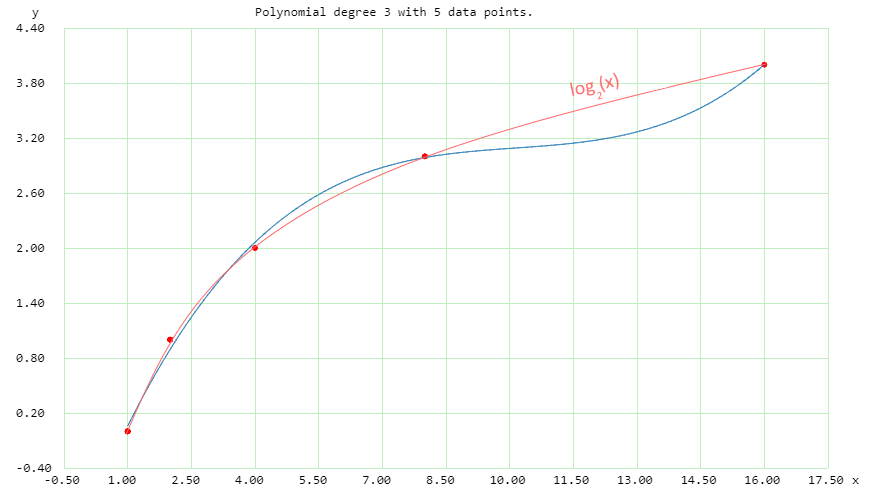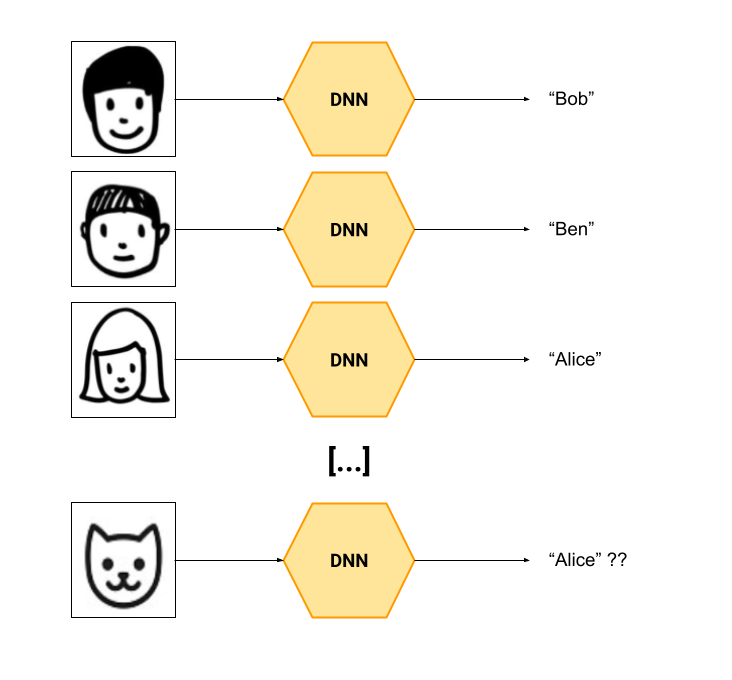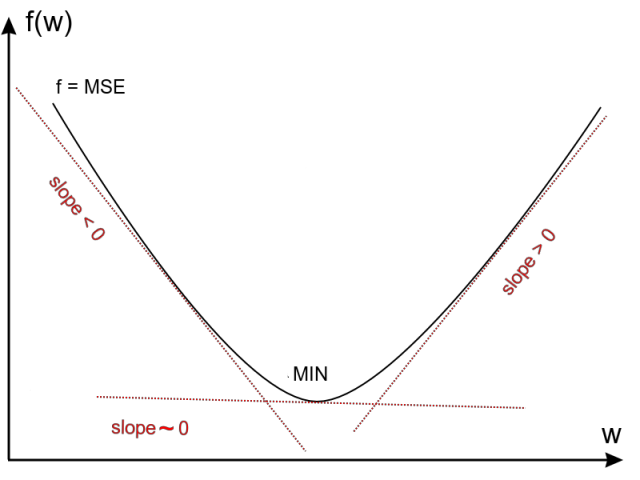This is an old revision of the document!
Lab 11 - Security and Machine Learning
Objectives
- learn about the vulnerabilities of deep learning models to adversarial samples
- learn to craft adversarial samples that manipulate a deep neural network into producing desired outputs
- generate an image which tricks this deep neural network: https://isc-lab.api.overfitted.io/
Background
This laboratory discusses the security aspect with regard to Deep Neural Networks (DNNs) and their robustness to specific attacks.
As many of you already know, DNNs are popular nowadays and can efficiently solve a multitude of problems. However, these models can be seen as powerful function approximators that work with a large feature space (i.e., they use many parameters). This means that deep neural networks can extract highly specific details and can learn to approximate a function with a pretty good accuracy.
But…
Problem #1
Since their training methodology relies on minimizing the overall error between the generated outputs and the expected outputs for a given dataset by employing gradient descent, they tend to also learn unusual / purely numeric features which might not always make sense to us. This happens because the whole optimization / training process works with purely numeric information (i.e., gradients) and doesn't have to “justify” specific decisions as long as they match the outputs in the training set. Think of the situation in which such a model incorrectly identifies a face (of a person) in a photo: we can clearly tell, by looking, that there's no face there but the model still claims, according to its identified features, that there's someone there.
Moreover, the training is usually performed on a discrete set of inputs while the actual input distribution is continuous. This is a fancy sentence so let's look at a more concrete case.
Example: you're training some approximator (such as a neural network) to predict the values of log(x) for a (discrete) set of 5 points in your training set. So your model takes [1, 2, 4, 8, 16] as inputs and must output [0, 1, 2, 3, 4] – which it does! But when you start picking values from a specific interval, e.g., between 8 and 16, the results look pretty bad.

Conclusion: during the training, the approximator's parameters were tuned to minimize the error for the points you provided; but this doesn't mean that it also captures all the specifics of the log() function. So you'd get unexpected results for some specific points. This is an easy example where the errors are discoverable by plotting but think of what happens when the approximator takes 1,000 inputs and uses thousands of parameters.
Problem #2
Neural networks don't know how to say: I don't know. The problem here is especially visible at classifiers; a classifier is a model which tries to map an input to a specific class. However, they're trained on a limited number of classes and therefore have a limited number of possible outputs.
Example: you've trained a DNN which learns to identify Bob, Ben and Alice by looking at photos of their faces. It does the job. Now, someone comes up and provides as input a photo of a cat. The classifier must output something and can only pick between Bob, Ben and Alice (because it wasn't trained to acknowledge the existence of other photos).

Conclusion: while the classifier can output, besides the most probable class, a confidence value (which indicates how sure it is of its prediction), that value is not always very relevant because the model discriminates only between Bob, Ben and Alice.
Now let's dive into the training part…
Gradient Descent
A DNN is pretty much a complex function; to optimize its parameters during training a technique called gradient descent is employed.
This technique tries to minimize the loss (let's name this function E()) between the output (y_pred) generated by your DNN (let's call it f()) and the known output (y_true). So, the training would go as follows:
- use the DNN to generate a prediction from an input: y_pred = f(x)
- compute: loss = E(y_pred, y_true)
- tweak the parameters of f() so the loss will be smaller the next time (so the output is more accurate)
This is done by computing the derivative of E(f(x), y_true) with respect to each parameter (w) from your DNN (f()) while keeping the inputs fixed. Consider that f() does the following: f(x) = w1 * x1 + w2 * x2 + …. Each w is adjusted using its derivative.
Why the derivative? Because it can indicate, with its sign, in which direction (either increase or decrease) you should change the value of w so that the error function E() will decrease.

Generating Adversarial Inputs
Now… what happens if you use gradient descent to… tweak inputs (x) instead of adjusting DNN's parameters (w)? You can pretty much generate an input that forces the DNN to generate a desired output.
Exercises
This laboratory can be solved using Google Colab (so you don't have to install all the stuff on your machines). You'll have a concrete scenario in which you must fill some TODOs and generate fancy adversarial samples for a DNN. All you have to do is upload your final image on the Moodle assignment for this laboratory.
Link to Google Colab: https://colab.research.google.com/drive/1qgzbG_2FRRXNO9ttvGnGYxoMFtqizc0d?usp=sharing
* you'll have to clone / duplicate it in order to save changes.
Feedback
We're in beta; help us improve this lab: https://forms.gle/BugCwG6GNkdq5DTg7


